Great Northern Route 7: Portland, Oregon to the Pacific Coast


The Lewis & Clark Expedition disproved the existence of an easy, river-based Northwest Passage through the middle latitudes of North America. In the decades to follow, the Oregon Trail, the Pony Express, and various stagecoach routes allowed for difficult, dangerous, and time consuming travel by land across the continent. Not until after the Civil War was safe, reliable, quick, and relatively inexpensive transcontinental travel available in the form of railroads. The first route through the central part of the country ran well south of the northern area near the Canadian border. Once the final spike was hammered down in the Cascade Range near Scenic, Washington on January 6, 1893, the dream of James J. Hill, “The Empire Builder,” was realized with completion of the Great Northern Railway. The Mississippi River at the Twin Cities of Minneapolis-St. Paul, Minnesota was now effectively united with the Pacific coast at Everett and Seattle, Washington via the most northerly American rail route. A man-made Northwest Passage was now a reality.
A related secondary line, the Spokane, Portland, and Seattle (SP&S) Railway, split off in eastern Washington and ran southwest to follow the Columbia River valley to eventually reach the coast. The final spike in the SP&S was driven at Sheridan Point, about a mile downriver from today’s Bridge of the Gods, on March 11, 1908. On November 5, 1908, Hill was among the pioneers to cross the first bridge across the lower Columbia, traveling from Vancouver, Washington to Portland, Oregon.
Hill had purchased a line on the Oregon side of the river in 1907 that ran from Portland through Astoria to Seaside. Another line he developed, the Oregon Trunk Railway, began operation in 1912 and crossed the Columbia at Wishram via the Oregon Truck Rail, or Celilo, Bridge, on its way to Bend, Oregon. Hill acquired at least three other railroad lines in the area and all were amalgamated into numbered subdivisions of the SP&S.
The main SP&S Railway tracks ran on the north bank along the route Lewis & Clark and the Corps of Discovery took and served as a convenient means for early travelers to visit locations associated with the pioneering 1803-06 Expedition. In 1925 and 1926, the Great Northern Railway and SP&S conducted tours that unveiled several monuments to commemorate important people, places and events along the route. We are in the centennial era of these tours.
This leg primarily covers the SP&S route from Portland to the Pacific Coast, but includes several examples of Lewis and Clark Expedition related public artworks as well. See additional Great Northern Route itineraries to travel east of this area.

On May 8, 2010, Lewis & Clark College dedicated a 6' brass sculpture, York: Terra Incognita, created by artist Alison Saar. It is located near the Aubrey Watzek Library on campus. The library is a major repository of Lewis & Clark Expedition books, housing the Dr. Eldon Chuinard collection and archives, which the author of "Only One Man Died: The Medical Aspects of the Lewis and Clark Expedition" donated in 1986; the collection of construction worker, reenactor, and Lewis & Clark bibliophile Roger Wendlick, acquired by the library in 1998; Lewis & Clark Expedition scholar Irving Anderson's collection, donated by his family in 2000; and that of George H. Tweney, a book seller and collector. All four gentlemen were very active in the Lewis and Clark Trail Heritage Foundation, now the Lewis & Clark Trail Alliance.
615 S Palatine Hill Rd, Portland, OR 97219, USA
Sauvie Island Wildlife Area, Portland, OR, USA
Columbia River Gorge National Scenic Area, Oregon, USA
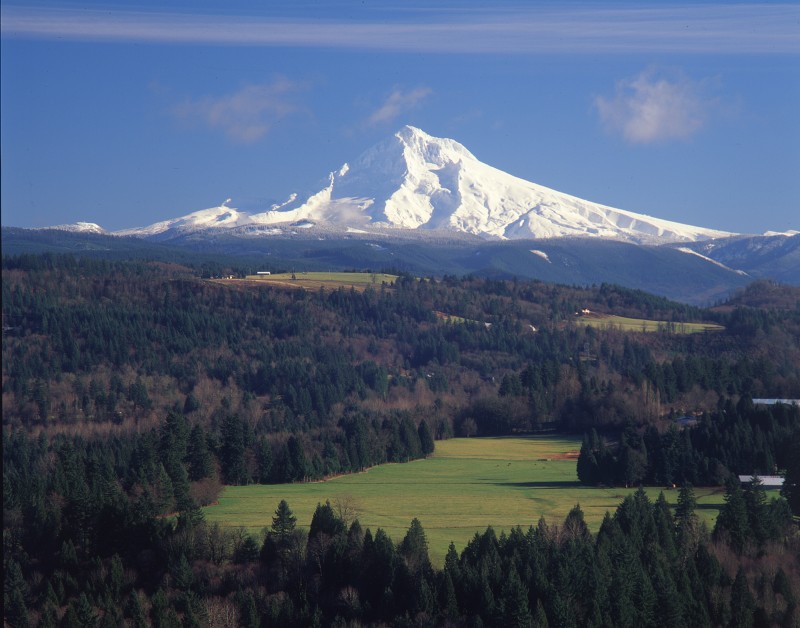
Columbia River Gorge National Scenic Area, Oregon, USA
View Listing
Three Lewis & Clark Expedition sculptures are located in Washington Park on the west side of the Willamette River.
Commissioned in 1902 in anticipation of the Lewis and Clark Centennial Exposition, Otto Schumann crafted the Lewis and Clark Memorial Column as a fluted column, standing on a square base, with a sphere on top. Seals for the states of Oregon, Washington, Montana and Idaho, which once comprised the Territory of Oregon, are installed on the sides of the base. The cornerstone was laid by President Theodore Roosevelt on May 21, 1903, but the memorial wasn't completed until 1908.
Nearby is a statue of Sacagawea and her son Jean Baptiste, originally unveiled in the center of the Lewis and Clark Centennial Exposition plaza on July 6, 1905. It was sculpted by Alice Cooper, the first female artist to have a public sculpture in Portland. It was relocated to Washington Park on April 6, 1906, after the Exposition ended.
Elsewhere in Washington Park is "The Coming of the White Man" by noted sculptor Hermon Adkins MacNeil. It depicts Chief Multnomah and another native man looking towards the Columbia River. It was donated by former mayor David P. Thompson in 1904 and installed in Washington Park the following year, prior to the start of the Exposition. See the map under the next stop for the location of this statue.
6200 SW Sacajawea Blvd, Portland, OR 97205, USA
International Rose Test Garden, Southwest Kingston Avenue, Portland, OR, USA
Portland Japanese Garden, Southwest Kingston Avenue, Portland, OR, USA
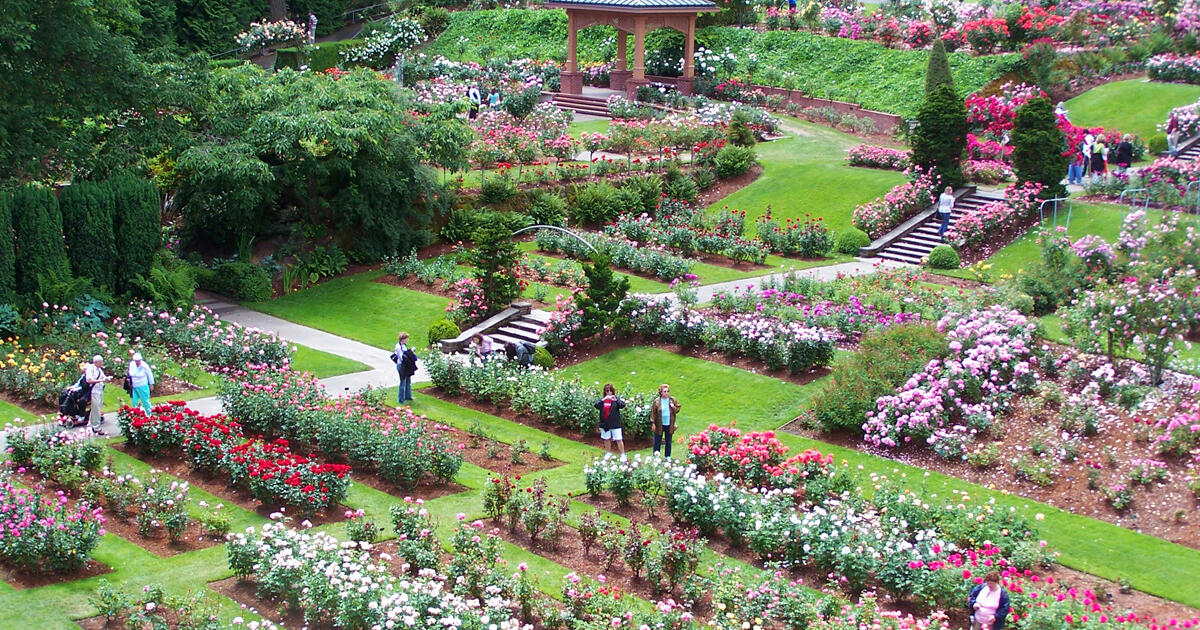
International Rose Test Garden, Southwest Kingston Avenue, Portland, OR, USA
View Listing
Portland Japanese Garden, Southwest Kingston Avenue, Portland, OR, USA
View Listing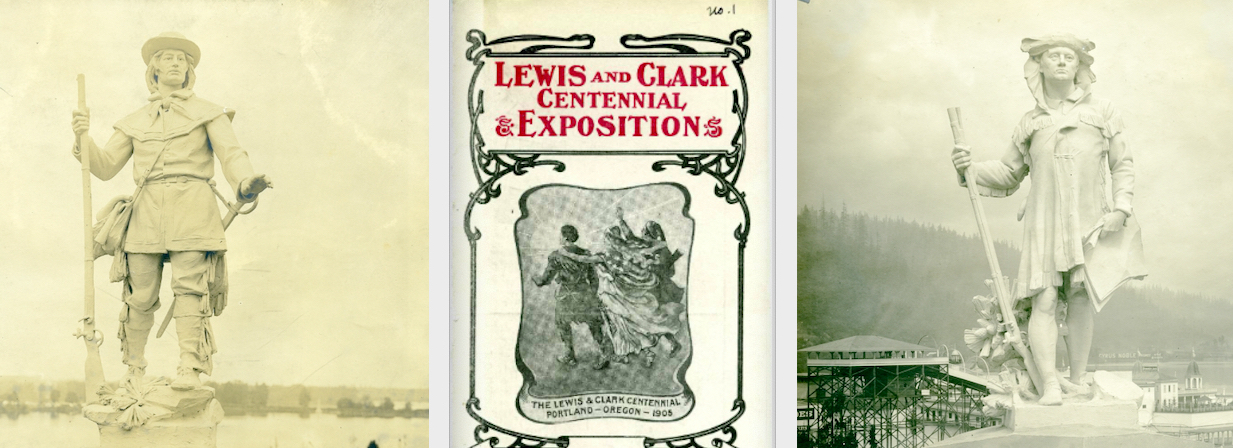
The two statues shown here no longer exist. They were both located at the head of the Grand Stairway on the grounds of the 1905 Lewis and Clark Centennial Exposition in Portland. The Exposition ran from June 1 through October 15, 1905, with attendance reaching nearly 1.6 million.
The Clark statue on the left was created by artist Fred Wellington Ruckstull. The Lewis statue on the right was created by sculptor Charles Albert Lopez. The "Shooting the Chutes" amusement ride is shown in the left background.
The location shown in the map just below is for the Coming of the White Man sculpture mentioned above.
92205 SW Washington Way, Portland, OR 97205, USA
Portland Art Museum, Southwest Park Avenue, Portland, OR, USA
Portland Women's Forum State Scenic Viewpoint, Historic Columbia River Highway, Corbett, OR, USA
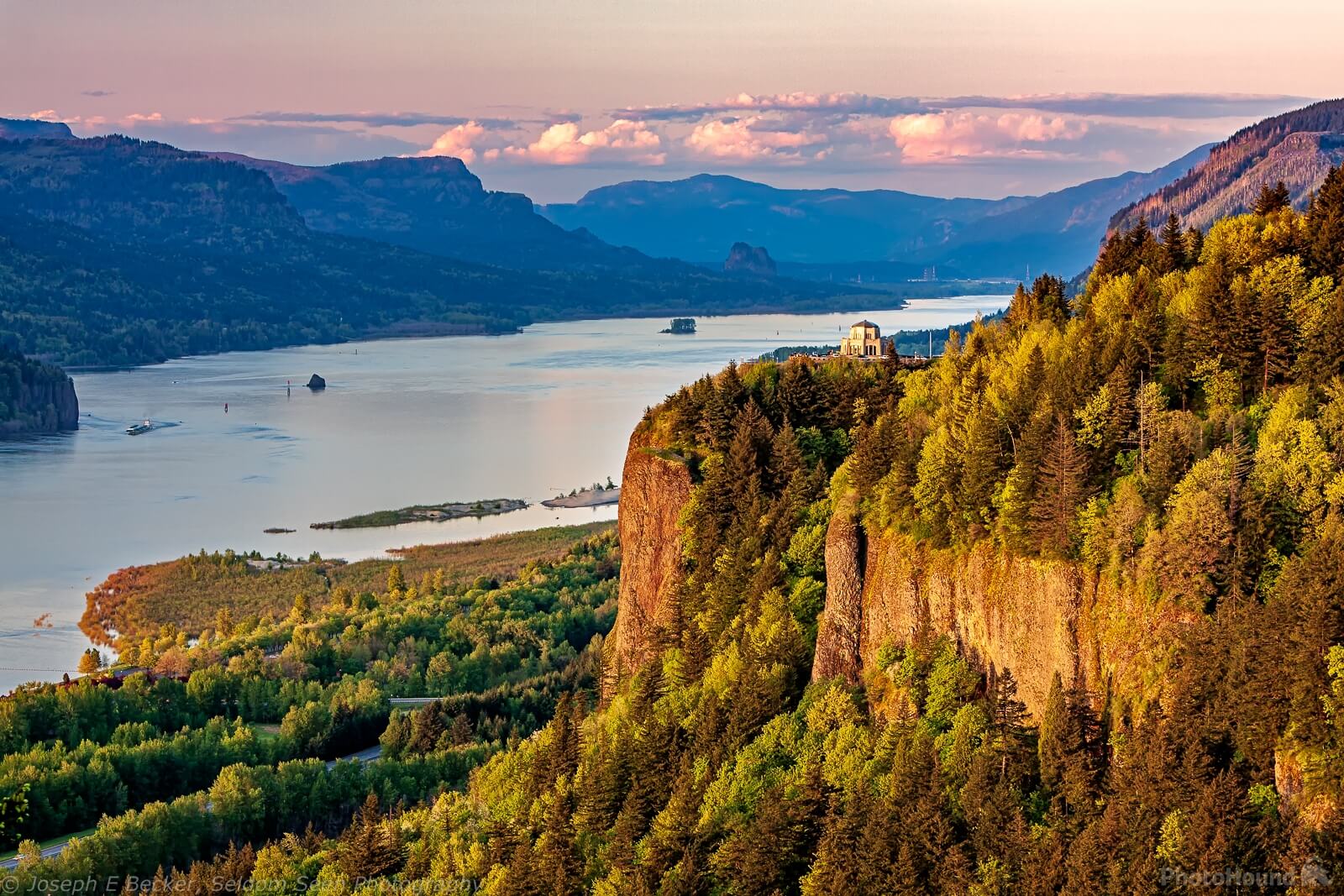
Portland Women's Forum State Scenic Viewpoint, Historic Columbia River Highway, Corbett, OR, USA
View Listing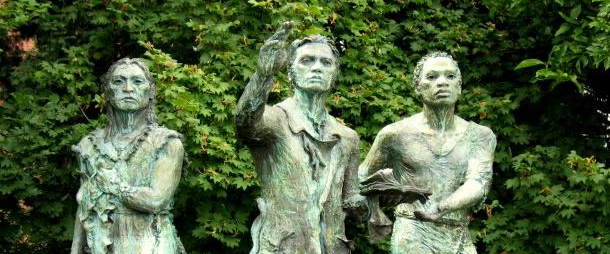
Once located on the University of Portland campus, a statue by Michael Florin Dente depicting an unnamed Native American, Clark, and York was unveiled on December 11, 1988.
Also referred to as "Naming of Mt. Jefferson," the statue represented the April 1806 arrival of Captain William Clark with the two others at the farthest point during his exploration of the Willamette River. Clark was shown gesturing toward Mt. Jefferson, which honors President Thomas Jefferson; York supported the expedition log, to symbolize his historical significance; and the Indian held a Wapato plant, symbolizing his culture. Each sculpture was mounted separately on the base, but anti-racism protests in June 2020 led to removal of all three figures.
The sculpture served as a reminder that three races contributed to the success of the expedition, and that this event in some ways represented the first inter-racial community in the Pacific Northwest.
The location listed is for the "Coming of the White Man" sculpture in Washington Park mentioned above.
92205 SW Washington Way, Portland, OR 97205, USA
Mount Jefferson, Oregon, USA
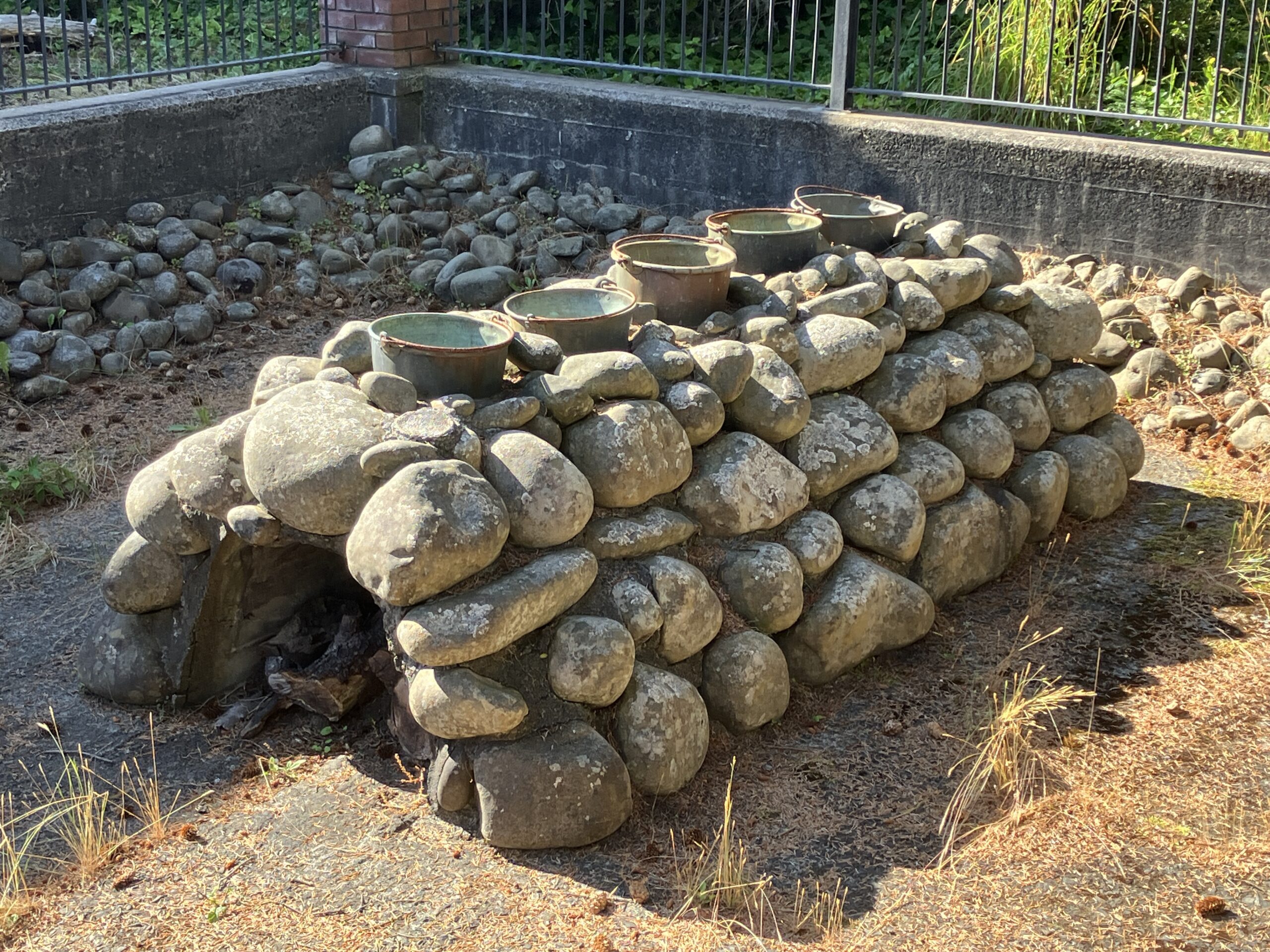
The Great Northern/Spokane, Portland & Seattle Railway Columbia River Historical Expedition train left from Wishram, Washington after the unveiling ceremony there and headed to Seaside, Oregon. On the morning of July 21, 1926, a crowd assembled at the Salt Works for speeches by the mayors of Seaside and Portland and North Dakota Governor Sorlie. The keynote speaker was Frederick V. Holman, president of the Oregon Historical Society, who recapped at length the experiences of the Corps while on the coast. The Great Northern Railway paid to have a fence erected around the site of the cairn.
30 Lewis and Clark Way, Seaside, OR 97138, USA
Indian Beach, Ecola State Park, Oregon, USA
Ecola Creek Lodge, East 5th Street, Cannon Beach, OR, USA
NeCus’ Park, 268 Beaver St, Cannon Beach, OR 97110, USA
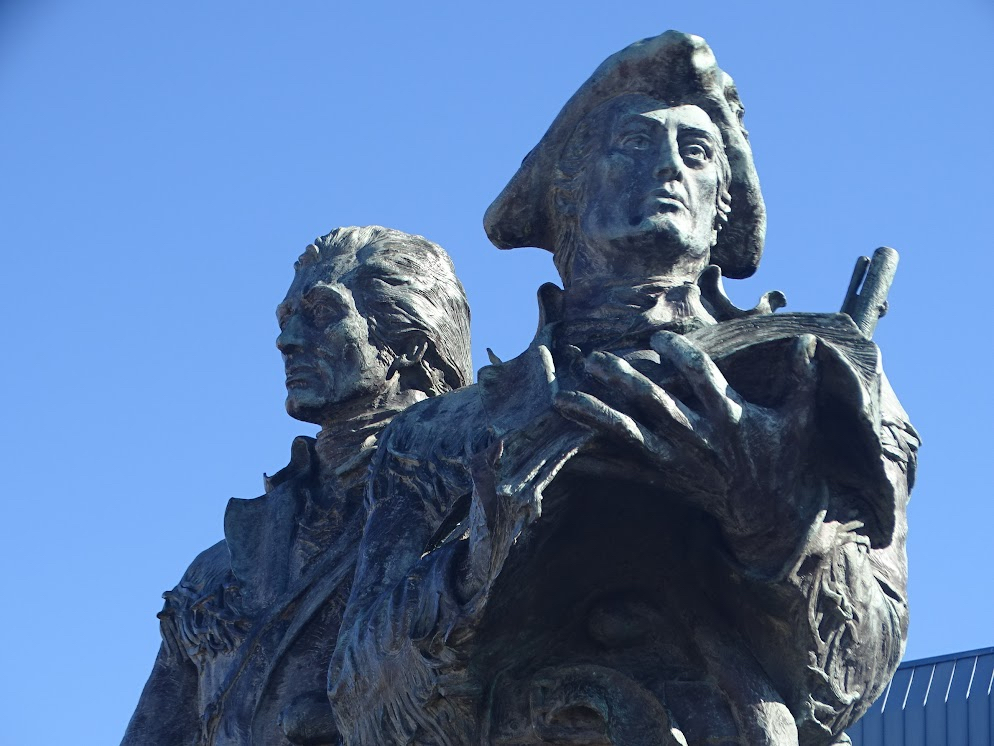
The "End of the Trail" Lewis and Clark Commemorative Statue is made of bronze and depicts Captains Meriwether Lewis and William Clark, along with Lewis’ dog, Seaman. The statue was sculpted by Stanley Wanlass and commemorates the Corps of Discovery journey to the Oregon coast. It was installed in 1990 at the turnaround at 30 North Promenade in Seaside, Oregon.
1806 Broadway St, Seaside, OR 97138, USA
Seaside Aquarium, North Promenade, Seaside, OR, USA
Seaside Carousel Mall, Broadway Street, Seaside, OR, USA
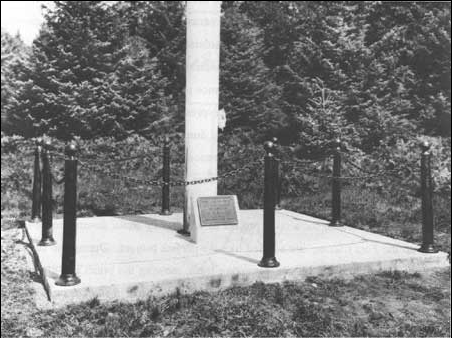
There were several options for folks to spend their time before the next ceremony at the site of Fort Clatsop on the afternoon of July 21, 1926. After reassembling there, GN President Ralph Budd, on behalf of the expedition he was leading, donated funds to erect a 90-foot flag pole and a brass marker on what was thought to be the site of the fort. That evening, the participants returned to Astoria for the night.
The exact site of Fort Clatsop has not yet been located despite several scientific efforts to find it. It is believed to be within the boundaries of the present-day Lewis and Clark National Historical Park, a National Park Service unit. A museum, gift shop, movie theater, hiking trails, and the reconstructed fort await visitors there.
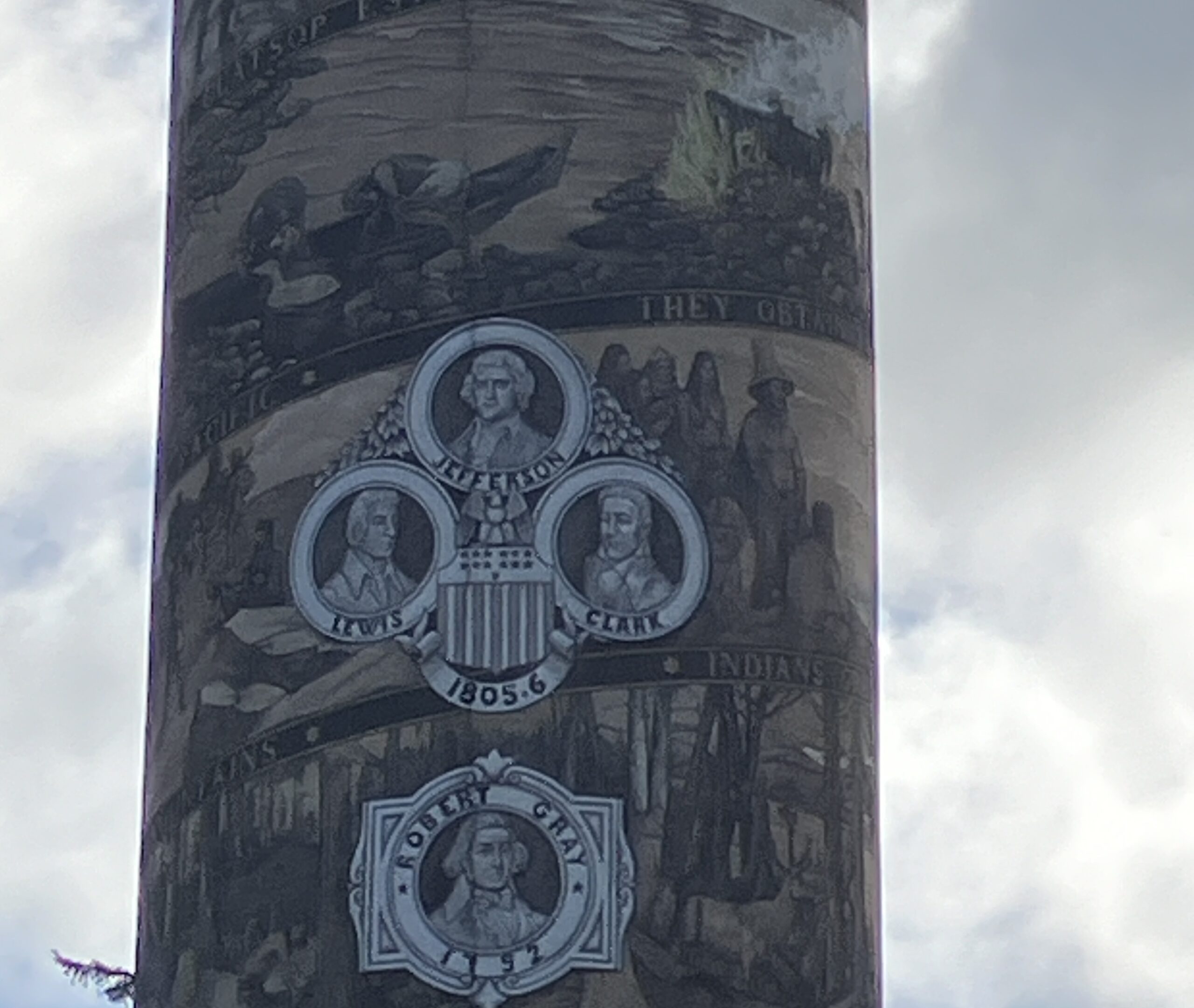
On July 22, 1906, the grandest, most scenic, most prominent, and westernmost Great Northern Monument was dedicated. The Astoria Column, a 125' column atop Coxcomb Hill in the town of Astoria's Astor Park was the only one not adjacent to Great Northern or SP&S right-of-way. Funded in large part by the largest individual Great Northern shareholder at the time, Vincent Astor, a descendant of the town's namesake, John Jacob Astor, the column boasts a ribbon-like frieze spiraling its way up to the observation deck that is reached by an internal, 164 step spiral staircase. The overall cost may have reached as high as $100,000.
The column was designed by Electus Litchfield (who also designed the Camp Disappointment obelisk) and modeled after Trajan’s Column in Rome. An Italian immigrant artist, Attilio Pusteria, executed the column’s exterior frescoes. Only about a third of the frescoes were completed by the time of the dedication, but Pusteria finished them by the end of October, 1926. Captain Robert Gray, Lewis & Clark, and Astor himself figure prominently in the design.
Some 8,000 folks on hand for the dedication witnessed speeches by writer and editor Lawrence Abbott on the connections between Astoria and New York; British Columbia Judge Frederic Howay on the maritime explorers who followed Captain Robert Gray, the first European-American to see the Columbia River; and Margaret Aldrich, who told family stories about her great-great-grandfather Astor.
After touring local salmon canneries, the expedition returned east to Longview, Washington, where they helped dedicate a new bridge across the Cowlitz River that had been built quickly in 62 days. Named the “Pioneer Bridge,” it would wash out in 1933. The group later had dinner in the cafeteria of a local woodworking mill and toured what was then the world’s largest sawmill. The train then returned overnight to Spokane. See Great Northern Route 5 for the final dedication ceremony details there.
1 Coxcomb Dr, Astoria, OR 97103, USA
Dismal Nitch, Lewis and Clark Trail Highway, Naselle, WA, USA
360 Stringtown Rd, Ilwaco, WA 98624, USA
Lewis & Clark Interpretive Center, Robert Gray Drive, Ilwaco, WA, USA
Discovery Trail, Long Beach, WA, USA
Loomis Lake State Park - Pacific Ocean Beach Section, Pacific Way, Long Beach, WA, USA

Lewis & Clark Interpretive Center, Robert Gray Drive, Ilwaco, WA, USA
View Listing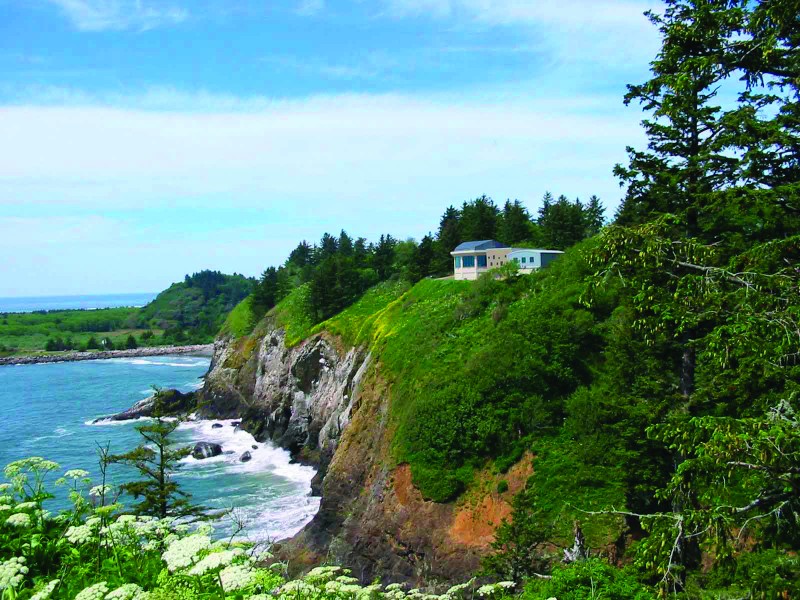
Loomis Lake State Park - Pacific Ocean Beach Section, Pacific Way, Long Beach, WA, USA
View Listing